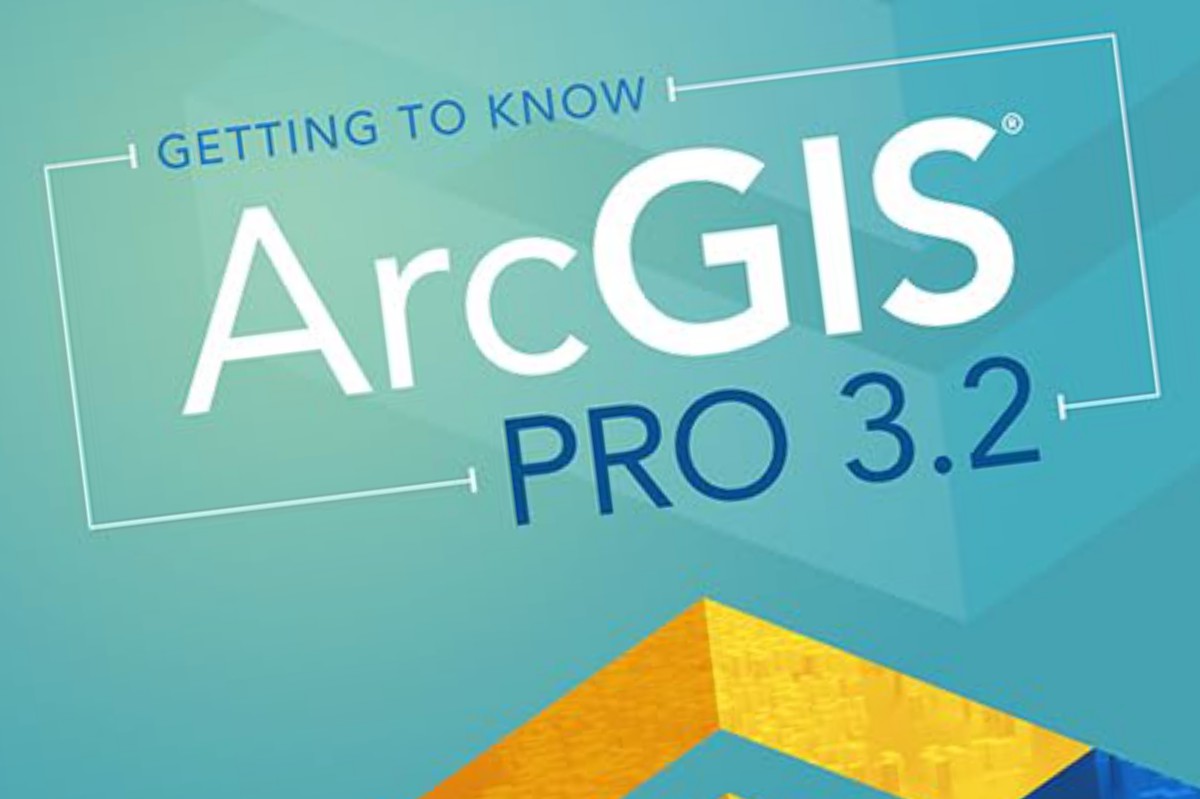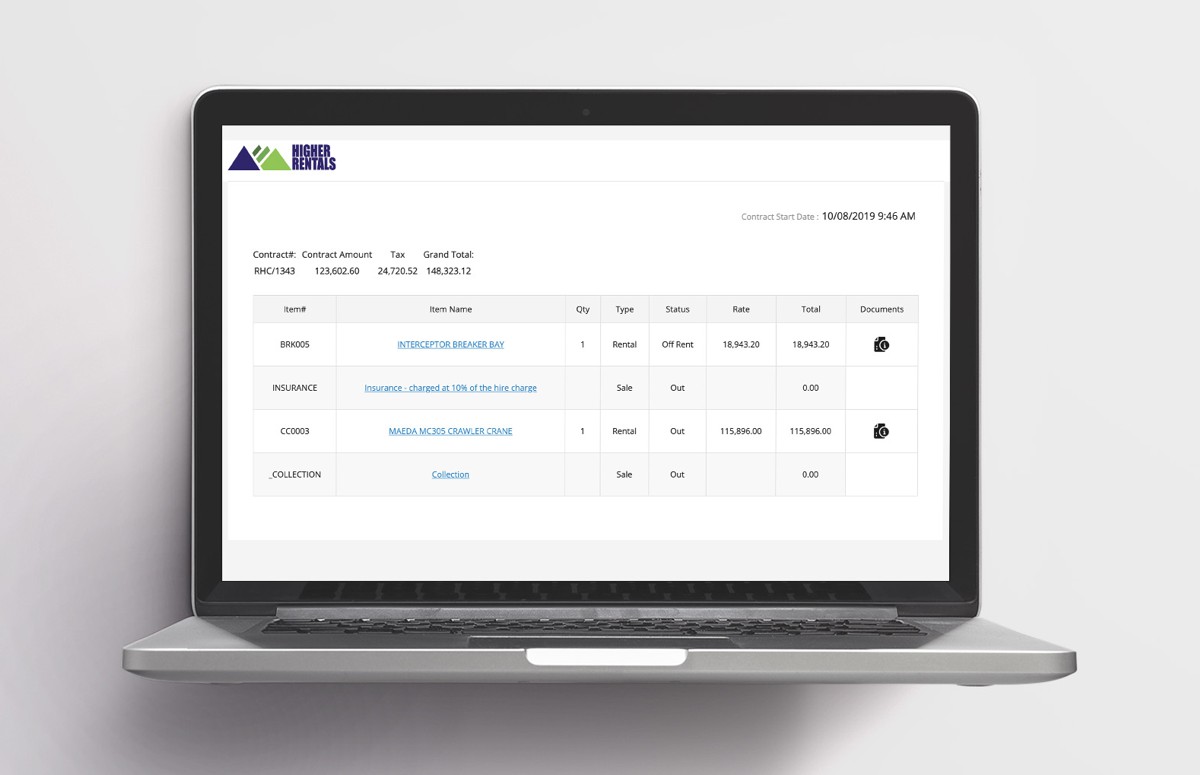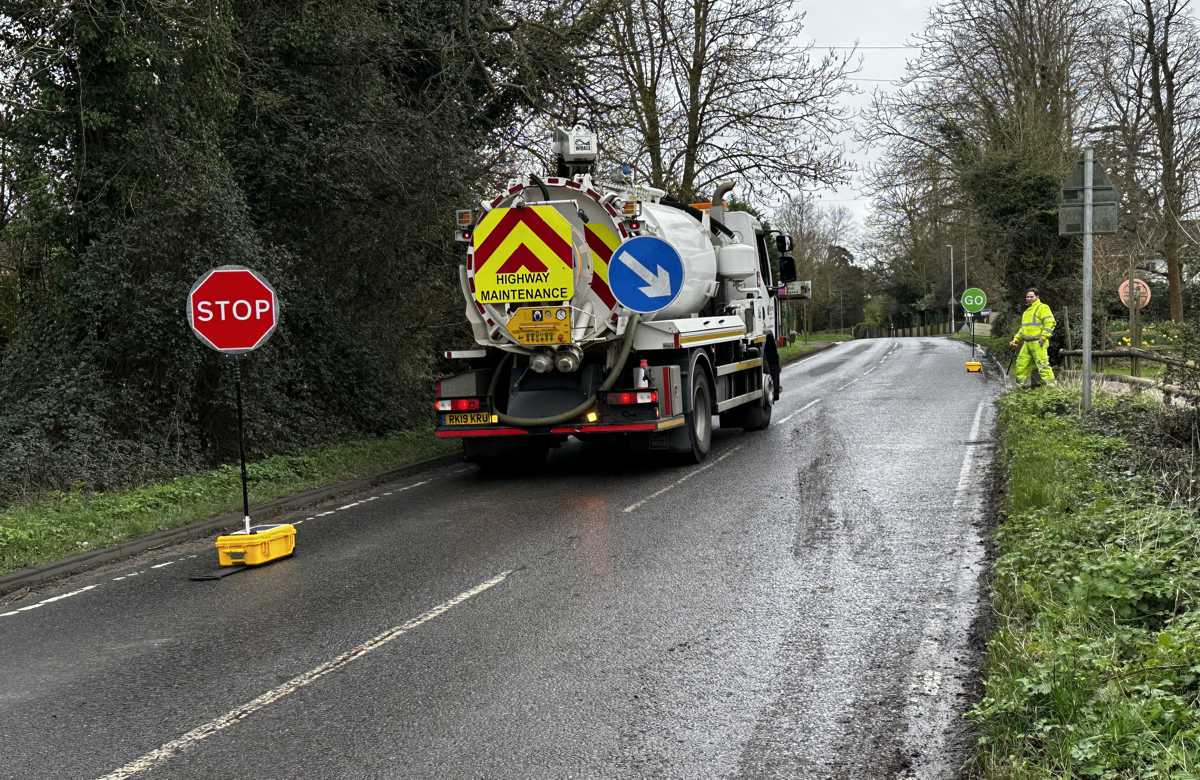Esri’s new ArcGIS Reality Software captures the World in 3D
Business, government, and science organizations increasingly rely on drones, crewed aircraft, and satellites to capture imagery.
Detailed imagery data provides visibility into operations and opportunities, unpacking information from every pixel and transforming static pictures into dynamic digital representations of the world. 3D models and high-resolution maps of construction sites, complex cityscapes, or entire countries allow these organizations to analyze and interact with a digital world that accurately shows places and situations as they are.
Layered with geospatial information such as cadastral surveys, utility networks, building information models (BIM), and real-time sensor data, they become digital twins of reality. These enable better understanding of the world through analysis, asset monitoring, or even predictive simulation.
This need to capture reality as the foundation for digital twins is expanding the aerial imaging market, which is expected to grow from $1.4 billion in 2017 to over $4 billion by 2025. To further support this cross-industry trend, Esri, the global leader in location intelligence technology, is introducing ArcGIS Reality.
“Digital twins have become a critical tool for many industries, and to be effective they rely on highly accurate and up-to-date maps and 3D models derived from imagery,” said Jack Dangermond, Esri founder and president. “We are happy to offer this new family of products to the professionals who are digitizing our world to help us all better understand it—whether their operations are large or small, local or global.”
ArcGIS Reality is a family of products for site, city, and countrywide reality mapping—all using the new ArcGIS Reality Engine:
- ArcGIS Reality for ArcGIS Pro—a new extension of Esri’s flagship desktop GIS software, allowing users to input images from drones or crewed aircraft to generate 3D outputs for reality mapping.
- ArcGIS Reality Studio—a new focused application for reality mapping from aerial images for entire cities and countries. A map-centric intuitive interface enables high production efficiency to deliver survey-grade representations of reality.
- Site Scan for ArcGIS—Esri’s cloud-based end-to-end reality mapping software for drone imagery, designed to simplify drone program management, imagery data collection, processing, and analysis.
- ArcGIS Drone2Map—an intuitive desktop application focused on reality mapping from drone imagery, enabling offline processing and in-the-field rapid mapping.















